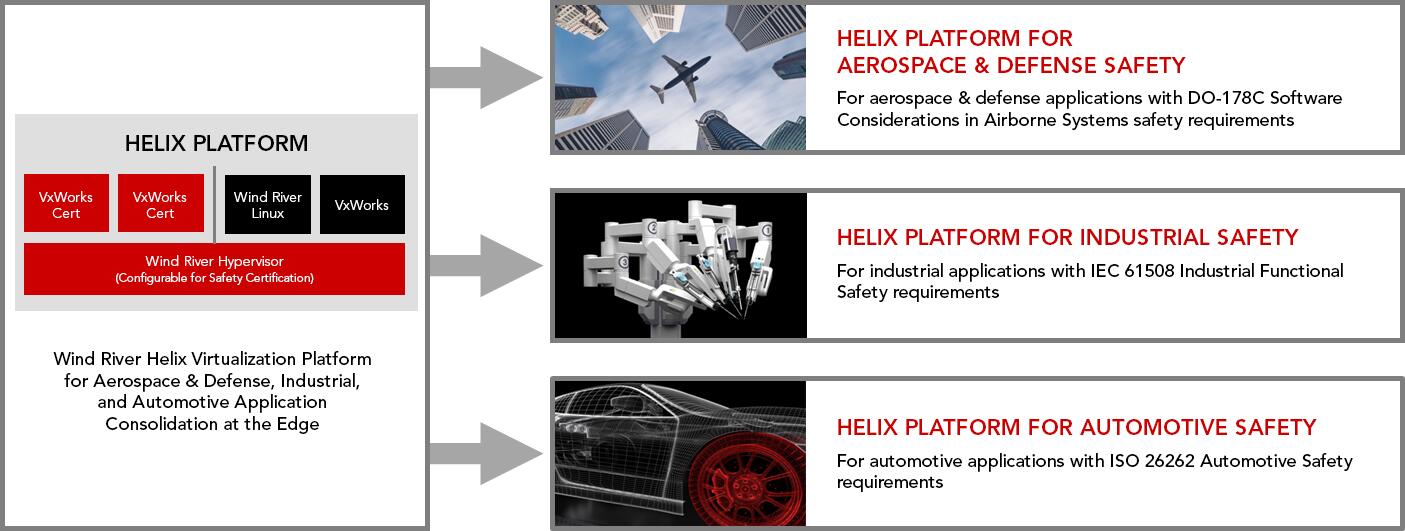Modernization of Legacy Systems Through Edge Computing
Article By : Matthew Burgess

Wind River Unveils Edge Platform to Accelerate the Evolution from Automated Devices to Autonomous Systems
Wind River, a leader in delivering software to critical infrastructure, have announced the release of Wind River Helix Virtualization Platform (Helix Platform). The offering combines the company’s industry-leading commercial real-time operating system (RTOS) and embedded Linux distribution into an edge compute software platform and allows other operating systems to run unmodified within the same framework, providing a software development environment across the Wind River portfolio.
Wind River believes that they have found a pain point which stems from the modernization of the global industrial market. Manufacturers are currently wrestling with the challenges associated with modernization while trying to keep costs down. These challenges include but are not limited to compatibility between new and existing architecture, high cost of meeting safety and compliance regulations, securing systems from external cyber threats and the ability to extract and analyze vital data.
The Helix Platform addresses a wide range of critical infrastructure development needs with robust time and space partitioning leveraging RTOS and virtualization technology, safety certified functionality, and commercial off-the-shelf (COTS) certification evidence. The consolidation of multiple applications into one platform will also allow common edge devices to serve diverse system architecture needs, such as low latency control functions on an RTOS alongside Linux-based applications and frameworks, such as machine learning. Ricky Watts, VP Industrial at Wind River, was very keen to inform EE Times Asia that "Wind River has nearly 40yrs experience in this industry" and that they pride themselves on making "safe, secure and reliable solutions".

(Source:Wind River)
To allow for fast (real-time) responses, processing has to be done at the edge rather than in the cloud. To use autonomous vehicles as an example, they need to make important decisions when half a second could mean the difference between rear-ending the vehicle in front or coming to a safe stop. In this instance, cloud computing just doesn’t cut it. The new era of computing won’t be so much a revolution of computing but rather an evolution, an evolution that will be possible due to the merging of 5G, cloud and edge technologies. An autonomous world may still seem like a distant future to some but the ability to safely interface between operational and information technologies is making autonomy possible today.
From modernizing aerospace platforms to updating industrial infrastructure and advancing autonomous driving, the rise of more sophisticated edge computing across industries means that system developers will need to adapt quickly to modern software and cloud deployment practices, while maintaining dedicated, long-standing software. Developers need to know they can meet current project and compliance requirements, and plan their roadmaps, without having to make disruptive changes in the future if new hardware, software, frameworks or cloud services are needed. Helix Platform means legacy software can remain unchanged while running alongside new applications, and it provides all the benefits of a consistent, scalable and agile platform for edge devices.
Subscribe to Newsletter
Test Qr code text s ss


